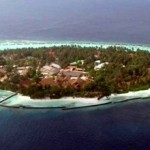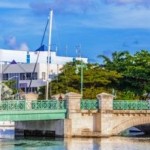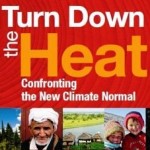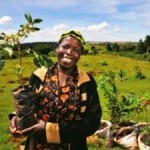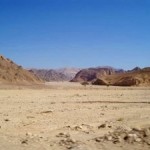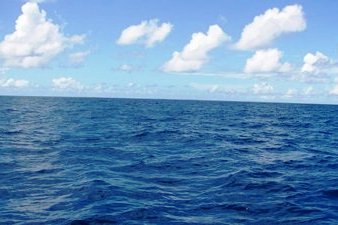Disproportionate Climate Change Impacts
SIDS’ vulnerability to climate change and sea-level rise is magnified due to their relatively small land masses, population concentrations, and high dependence on coastal ecosystems for food, livelihood, security and protection against extreme events.
While the global average of sea-level rise is 3.2 mm per year, the island of Kosrae, in the Federated States of Micronesia, is experiencing a sea-level that is rising at a rate of 10 mm per year. The tropical Western Pacific, where a large number of small islands are located, experienced sea-level rise at a rate of 12 mm per year between 1993 and 2009 – about four times the global average.
Among the threats are increased flooding, shoreline erosion, ocean acidification, warmer sea and land temperature, and damage to infrastructure from extreme weather events.
Apart from its direct impacts, climate change will have a compounding effect on several socio-economic sectors in SIDS.
For example, fisheries play a significant role in the economy, livelihoods and food security of SIDS, estimated at up 12 per cent of total Gross Domestic Product (GDP) in some nations. In Pacific SIDS, fish accounts for up to 90 per cent of animal protein in the diet of coastal communities.
Yet climate change is expected to negatively impact fisheries, posing a clear challenge to meeting the nutritional needs of growing populations, damaging livelihoods and hampering efforts to lift people out of poverty.
Climate change will also impact tourism, which represents more than 30 per cent of SIDS total exports. For example, a 50-centimeter rise in sea-level would result in Grenada losing 60 per cent of its beaches.
Then there is the financial cost of adaptation to climate change: under business-as-usual models, the capital cost of sea-level rise in the Caribbean Community Countries alone is estimated at US$187 billion by 2080.
The report calls on the international community to gear up actions towards reducing climate change impacts, especially in SIDS, and to adopt a legally binding agreement that includes clear ambitious targets for reduction of greenhouse gas emissions.
In parallel to the global process, a comprehensive package that outlines agreed mitigation, adaptive, technological and cooperative measures – to implement at the earliest possible time – should be developed, the report says.
Developing Appropriate Indicators
A cross-cutting issue identified in the report is the need to develop appropriate growth indicators that take into account climate change, poverty, natural resource depletion, human health, and quality of life. According to the report, GDP-based indicators do not consider many of the features of small and limited economies, like those of SIDS.
New growth indicators already exist – including the Inclusive Wealth Index, developed by UNEP and the UN University– but they are yet to enter into wide-spread use, even though they clearly show that current economic growth is coming at the expense of depleting natural resources.
Given the particular vulnerability of SIDS, it is imperative that sustainable development indicators are applied to track accurately the growth of these states. The report calls on SIDS to collaborate in encouraging these efforts, which require cooperation among academics, policymakers, and other stakeholders.
Other Challenges and Opportunities
The report highlights a raft of other issues and opportunities, among them:
Harnessing Renewable Energy Opportunities
On average, more than 90 per cent of the energy used by SIDS comes from oil imports, causing a severe drain on limited financial resources and pushing electricity prices to among the highest in the world – in some cases 500 per cent of prices in the United States. At the same time, a large percentage of residents in SIDS do not have access to electricity: for example, 70 per cent of the population in Pacific Islands.
SIDS have bountiful supplies of renewable energy sources such as biomass, wind, sun, ocean, wave, hydro and geothermal. Accelerated deployment of renewable energy, prompted through appropriate policy interventions and public-private partnerships, offers an opportunity to widen access to sustainable energy and reduce the crippling costs of power.
SIDS are increasingly adopting renewable energy targets and policies, although still only 3 per cent of the energy mix in the Caribbean is from renewable sources.
Unexploited Natural Resources
Many SIDS possess unexploited natural resources in terrestrial areas as well as in their Exclusive Economic Zones (EEZs) and in the deep sea. Among these are minerals, potential pharmaceutical products, hydrocarbons, renewable energy resources, and fish stocks.

